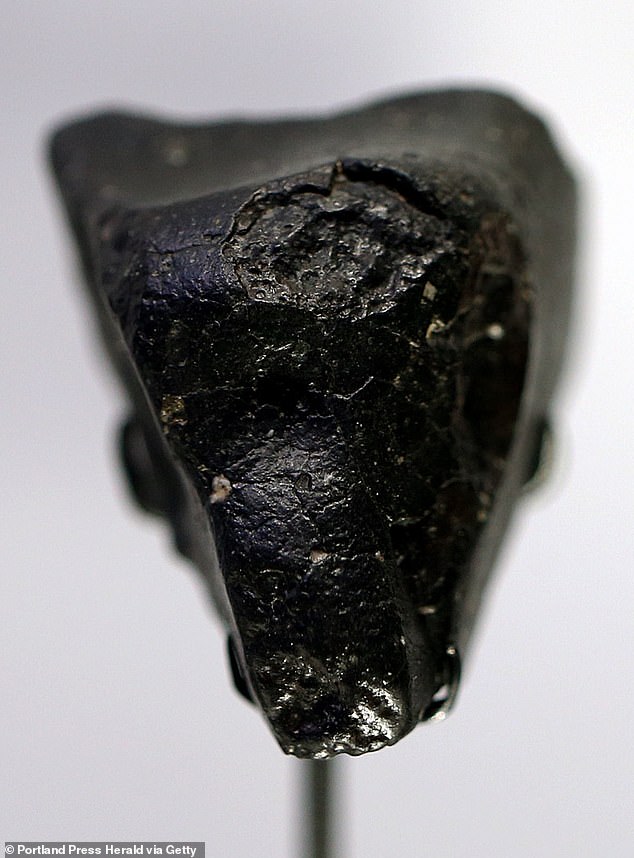Scientists believe a mysterious black rock found on Mars could suggest aliens bathed in hot springs on the planet billions of years ago.
Fresh research appears to have unearthed evidence that water existed on the Red Planet over four billion years ago, indicating it could have once been habitable.
The academics from Curtin University in Australia examined a sample of the meteorite which has previously been dubbed the ‘black beauty’.
Their most recent analysis looked a grain of from the rock of black crystal also known as zicron, to determine the planet may have been hospitable long ago.
They found the sample dated all the way back to 4.45 billion years ago – a similar time to when our own planet is believed to have been formed.
However what really caught the scientists’ eye were ‘fingerprints’ found on the water of the grain, which seemingly indicated the existence of hot water on Mars.
This is thought to have been existed in the form of hydrothermal springs heated by magma from under the planet’s crust.
According to experts, similar hot springs played a key role in life evolving here on Earth.

Such springs suggest that the Red Planet could have once possessed the ability to support ancient life.
Dr Aaron Cavosie, who co-authored the study, told The Sun they used nano-scale geochemistry to uncover the evidence of hot water on Mars so long ago.
‘Hydrothermal systems were essential for the development of life on Earth and our findings suggest Mars also had water, a key ingredient for habitable environments, during the earliest history of crust formation,’ he told the publication.
‘Through nano-scale imaging and spectroscopy, the team identified element patterns in this unique zircon, including iron, aluminium, yttrium and sodium.
‘These elements were added as the zircon formed 4.45 billion years ago, suggesting water was present during early Martian magmatic activity.
‘This new study takes us a step further in understanding early Mars, by way of identifying tell-tale signs of water-rich fluids from when the grain formed, providing geochemical markers of water in the oldest known Martian crust.’
It comes after NASA’s Mars rover discovered the first ‘possible’ signs of ancient life on the Red Planet.
The agency’s Perseverance rover spotted a what they described as an arrowhead-shaped’ rock with what looked like veins flowing through it.
The rover beamed the images back to Earth, revealing crystalline solids left over from water flowing on the surface and a reddish area that contained organic compounds and an energy source for ‘what could have been microbial life.’
The rock, which measures 3.2 feet by two feet, has been named after a Grand Canyon waterfall Cheyava Falls.
This post was originally published on here







